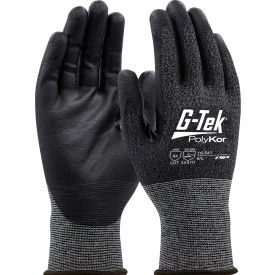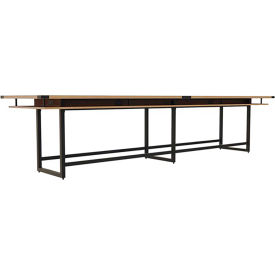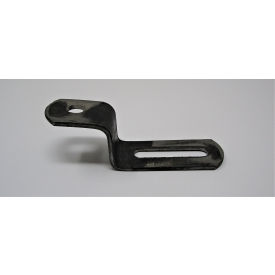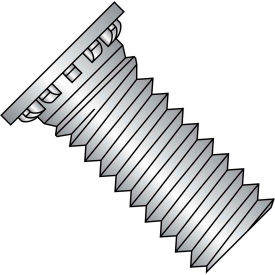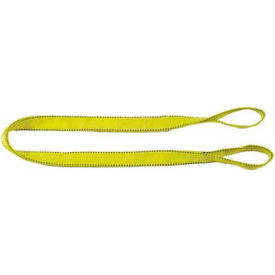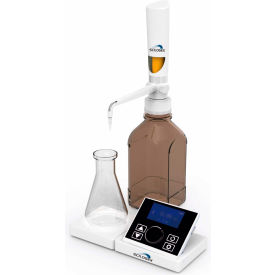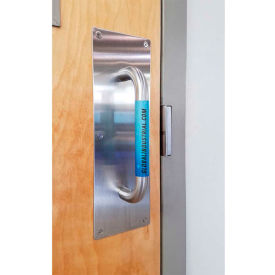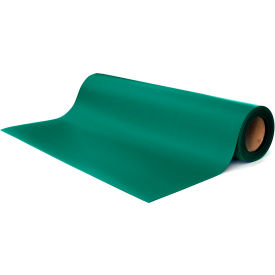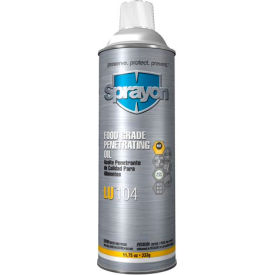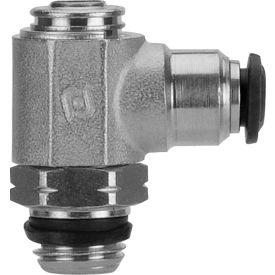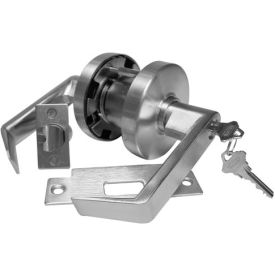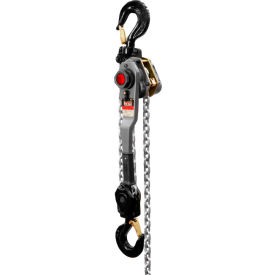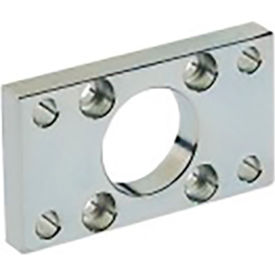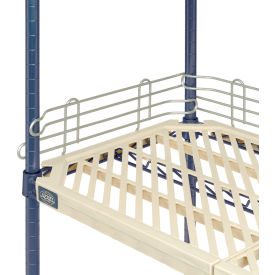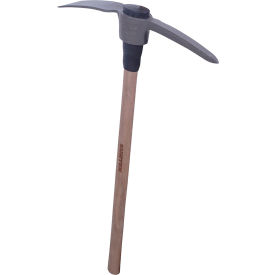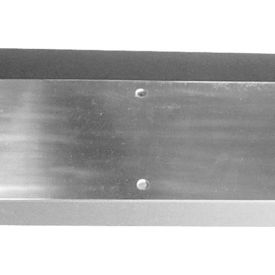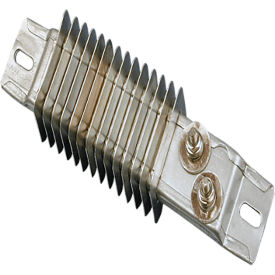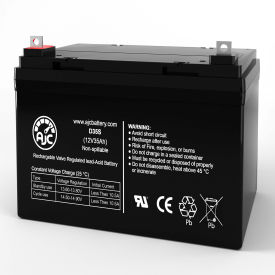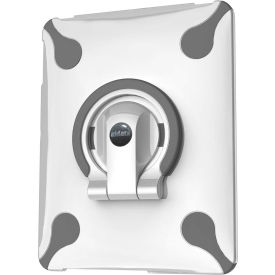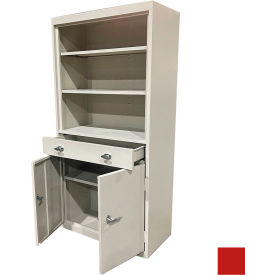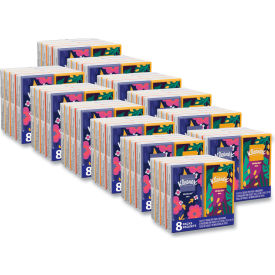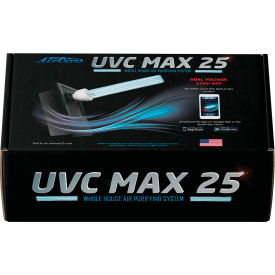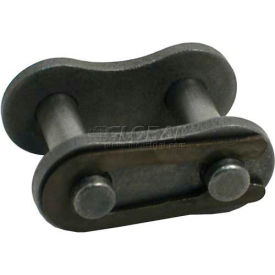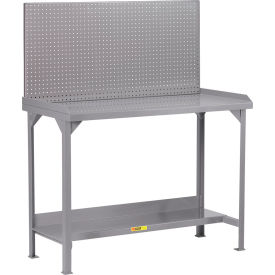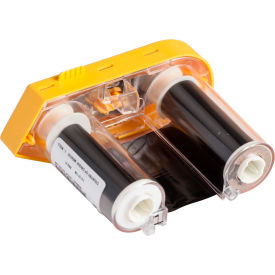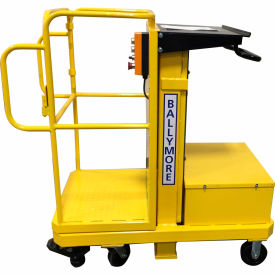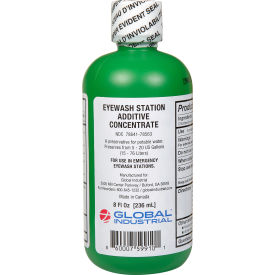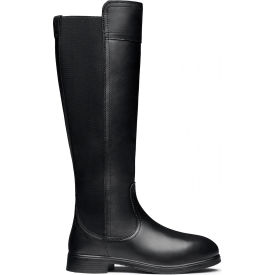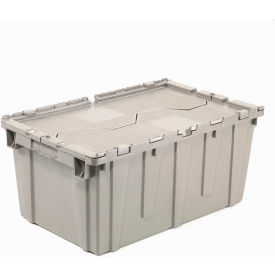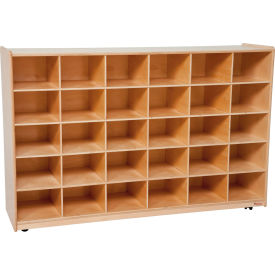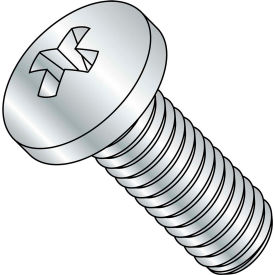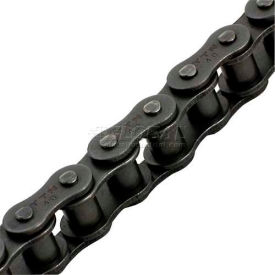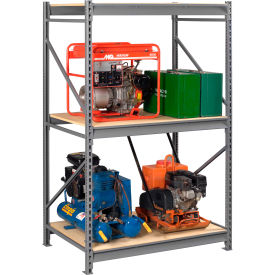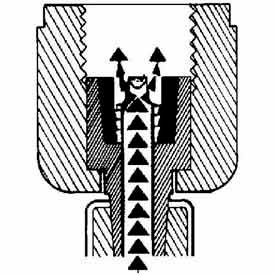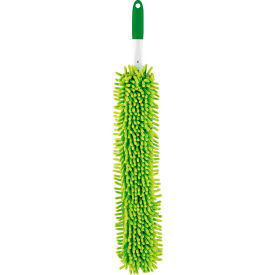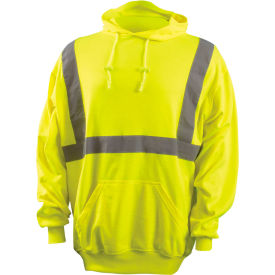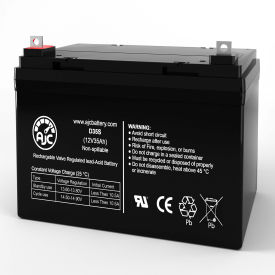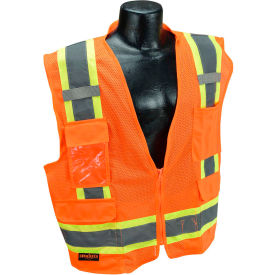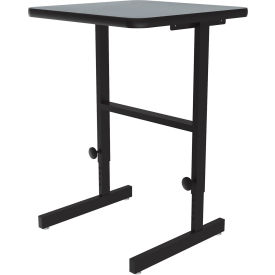G-Tek PolyKor Seamless Knit Blended CR Gloves, PU Coated, ANSI A4, S, Black, 12 Pair
Best Price:
Buy G-Tek PolyKor Seamless Knit Blended CR Gloves, PU Coated, ANSI A4, S, Black, 12 Pair for $99.95 at @ Globalindustrial.com
No coupon is required — this is the standard retail price.
Set a price drop alert to never miss an offer.
Price Comparison
| Seller | Contact Seller | List Price | On Sale | Shipping | Best Promo | Final Price | Volume Discount | Financing | Availability | Seller's Page |
|---|---|---|---|---|---|---|---|---|---|---|
|
BEST PRICE 1 Product Purchase
|
   |
$99.95 | $99.95 |
Flat Shipping ($29.99)
|
$99.95 | See Site | In stock | Visit Store |
Product Details
G-Tek Seamless Knit PolyKor Blended Glove with Polyurethane Coated Flat Grip on Palm & Fingers - 21 Gauge - Touchscreen Compatible Ultra-light weight 21-gauge seamless knit gloves deliver outstanding dexterity and tactile sensitivity. Comfortable to wear with solid ANSI A4 cut and level 3 abrasion resistance ratings. Polyurethane palm coating provides a tactile grip in dry and slightly oily conditions, ideal for applications that require precise handling. Features: Seamless construction offers increased comfort and breathabilityPremium PolyKor blended 21G shell is lightweight and provides excellent dexterity, tactile sensitivity, and cut resistancePolyurethane coatings take on the surface properties of the glove liner providing a tactile grip in dry and slightly oily conditions, ideal for applications that require dexterity for precise handlingTouchscreen compatible to allow the user to operate a touch screen phone or device without removing glovesReinforced thumb crotch provides longer wear life and increased protectionKnit wrist helps prevent dirt and debris from entering the gloveWashable, resistant to chemicals, water, and ultraviolet lightLiner Material: Polykor Products constructed with PolyKor engineered yarn are suitable for protection against mechanical hazards in the toughest environments. PolyKor products can be designed for different protection levels, up to the highest levels, while maintaining an unprecedented level of comfort. They are also highly resistant to abrasion and chemicals, so you can rely on them to provide long-lasting protection. Coating: Polyurethane Polyurethane (PU) is a tough, proven material that offers good tactile sensitivity by way of its thin material deposit. It conforms intimately over multiple glove liners to provide flexibility, dexterity and tactile sensitivity. PU coated gloves are among the most commonly used because they are versatile and provide excellent value. Newer, water-based PU coatings offer improved flexibility and less environmental lifecycle impact. Grip: Flat Flat coatings take on the surface properties of the glove liner which results in the thin, conformable deposit of coating material. This results in high dexterity glove with tactile grip in dry and in slightly oily conditions. ANSI Cut level: A4 Test Method: ASTM F2992-15 New edition ANSI/ISEA 105-2016 outlines a new test method for determining cut scores and a revised scale from A1-A9. EN 388 2016 Results: 3X31DX Abrasion: 4 Cut (Coupe Test): X Tear: 3 Puncture: 1 Cut (TDM-100 Test): D Impact Protection: X EN 388 is a European Standard. Cut Level is determined by the number of cycles it takes a spinning circular blade, that is pulled across the material under a constant weight of 500 grams, to cut the fabric. As the number of cycles increase, so does the glove's ratings. ANSI Abrasion Level: 3 Test Method: ASTM D3389-10 The ANSI/ISEA 105-2016 standard outlines test methods for abrasion and is scored from 0-6. The ASTM D3389-10 is used for uncoated gloves and the end point (failure) is the number of abrasion cycles when the first thread or yarn is broken. The larger numbers of cycles indicates greater abrasion resistance of the product and a higher ANSI Abrasion Level. ANSI Puncture Level: 2 Test Method: ASTM F1342 The ANSI/ISEA 105-2016 blunt force puncture testing uses a probe to simulate a tear or burst hazard. The test measures the amount of force needed for a blunt probe to pierce throug.

 Copied
Copied 